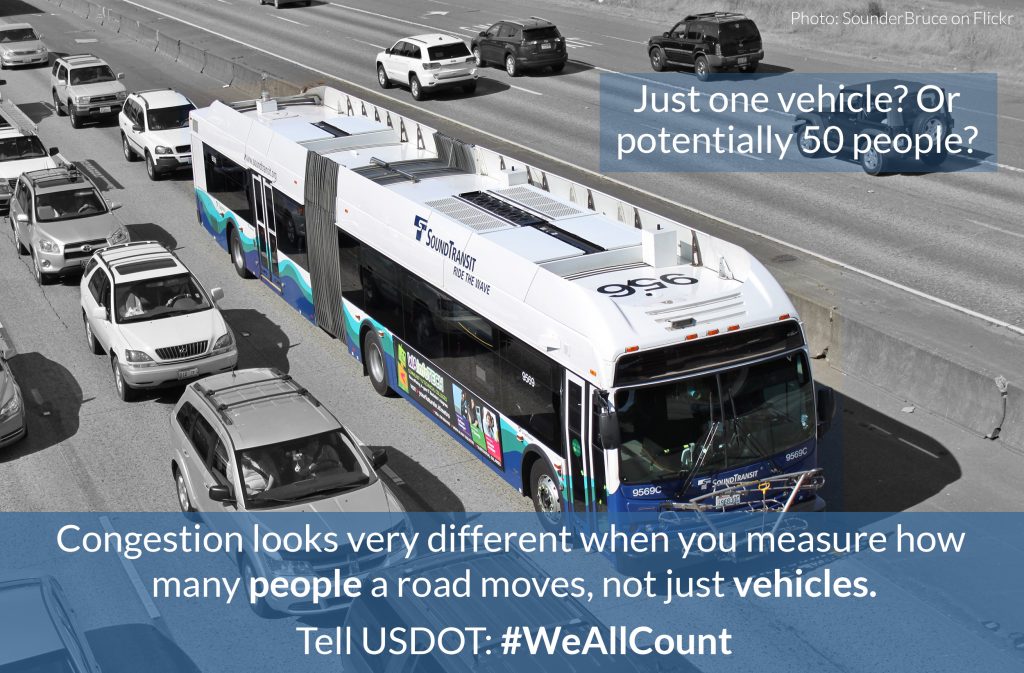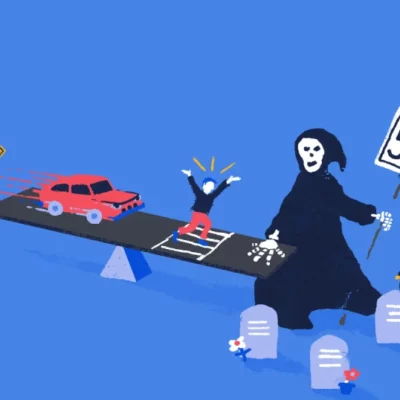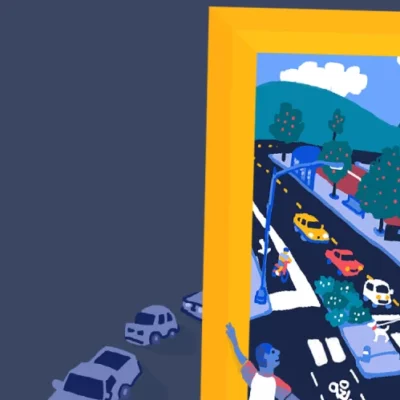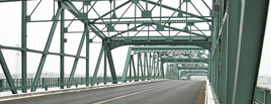
Updated 7/28 11:50 a.m. Earlier this week, a large group of senators and representatives sent a letter to USDOT Secretary Foxx, requesting that USDOT change a flawed proposed rule for measuring congestion. They asked that USDOT assess the movement of people, rather than vehicles, as a better measure of congestion and also reward the improvements that can come from transit, toll lanes, or encouraging travelers to choose other options like walking or biking.
As we’ve been discussing here for a few months now, a new draft rule from USDOT will govern how states and metro areas will have to measure and address congestion. That proposal as written would define “success” in incredibly outdated ways, and old measures lead to old “solutions,” like prioritizing fast driving speeds above all other modes of transportation and their associated benefits.
The shortcomings in the proposed rule got the attention of some members of Congress, and earlier this week Senators Tom Carper (D-DE) and Bob Menendez (D-NJ) and Representative Earl Blumenauer (D-OR) were joined by 64 other members from the House and Senate on a letter to Secretary Foxx about the rule. (19 senators and 48 representatives total.)
From the (Senate) letter: (pdf)
“How we measure performance and outcomes directly affects the choice of investments that will be made. If we focus, as this proposed rule does, on keeping traffic moving at high speeds at all times of day on all types of roads and streets, then the result is easy to predict: States and MPOs will prioritize investments to increase average speeds for cars, at the expense of goals to provide safe, reliable, environmentally-sensitive, multimodal transportation options for all users of the transportation system, despite those goals being stated in federal statute. Encouraging faster speeds on roadways undermines the safety of roads for all road users, as well as the economic vitality of our communities.”
We’re encouraged to see this large group of elected leaders on board with the idea that how we measure congestion matters. It certainly matters for the communities — of all sizes — that they represent, and getting it wrong will have real impacts. In the letter, they note that the proposed rule doesn’t quite line up with some of the stated goals of Secretary Foxx, his Ladders of Opportunity program, and the Every Place Counts Challenge intended to help communities and neighborhoods that have been cut off or isolated by poorly-planned highway projects.
Yet, for far too long our transportation investments have focused solely on moving vehicles through a community rather than to a community, and without regard for the impacts to the community. In the process we have created real barriers for millions of Americans to access essential destinations. These barriers are most present for low-income communities and communities of color.
Nail on the head.
Our streets are about far more than just moving people through a community as fast as possible. They’re community assets and the framework for creating value and economic prosperity, and should be treated like more than just a simple pipe moving one thing quickly all day long.
Note: the House letter is here (pdf)
UPDATE: Representative Earl Blumenauer added his personal thoughts to the release of the letter:
Our federal highway system is stuck in the 1950s. By failing to properly evaluate the billions we spend on road maintenance and construction, we’ve created a transportation system that is unsafe, is increasingly harming the environment despite improving technology, and has left a legacy of racial exclusion and segmented communities. We have to do better. The Department of Transportation has an opportunity to make sure that federal spending can help meet our goals of safety, sustainability, and accessibility. I hope these comments are considered.
And in case you missed it, Senator Tom Carper also wrote a short note about the congestion rule for the T4America newsletter yesterday. (Don’t get our bi-weekly newsletter? Rectify that immediately by signing up right here.)
Our federal transportation system’s ability to move people and goods is key to an efficient and growing economy, which is why it’s critical for the Department of Transportation to focus on the movement of people instead of vehicles in its congestion relief measures. In order to improve the safety of our roads, and build a world-class transportation system that revitalizes our regional economies, we need to invest in innovative congestion relief techniques that facilitate the movement of people without encouraging faster speeds or incentivizing costly highway expansions.
Have you sent a letter to USDOT yet? There’s still time to generate a letter that we’ll deliver on your behalf before the comment period closes in a few weeks. We’ve already delivered 2,400 letters, but we’re aiming for far more.





